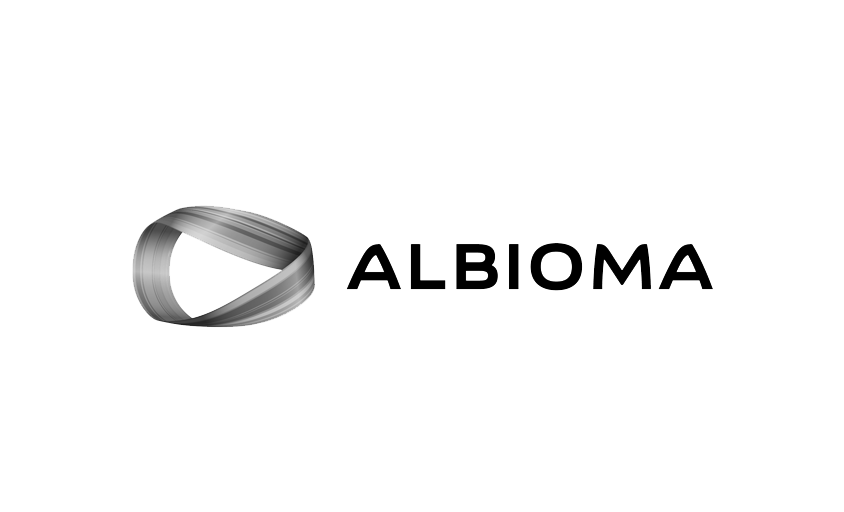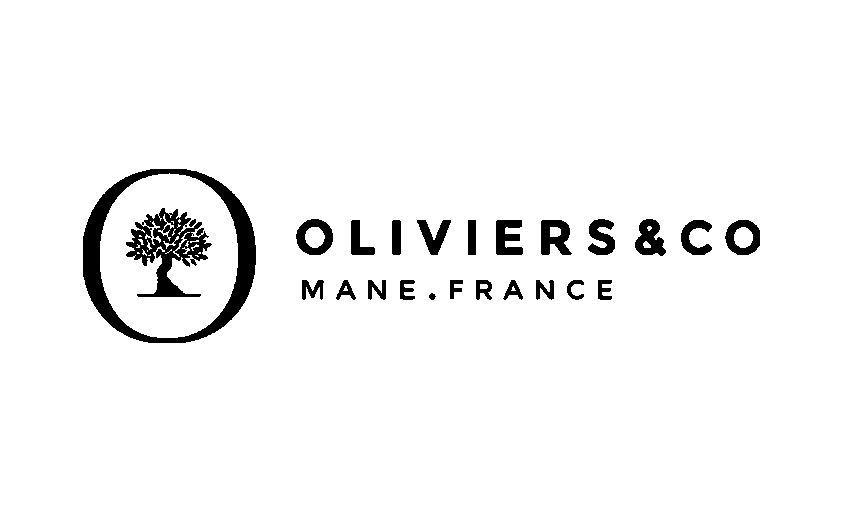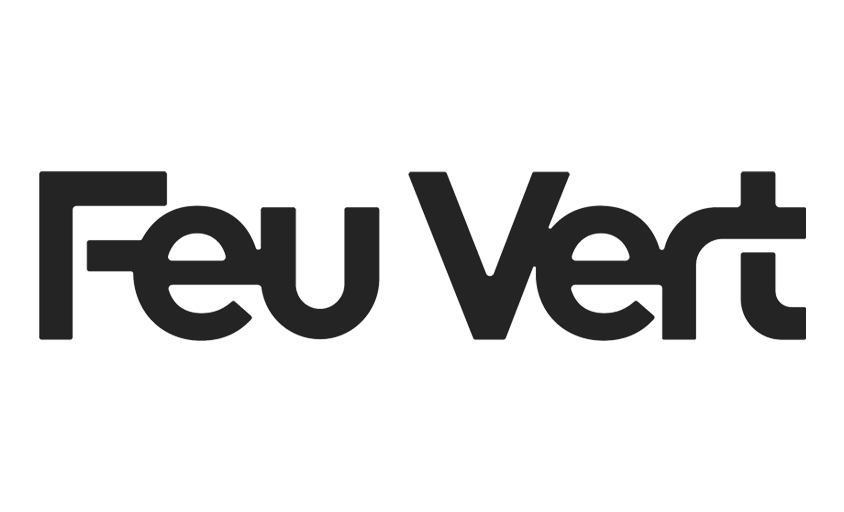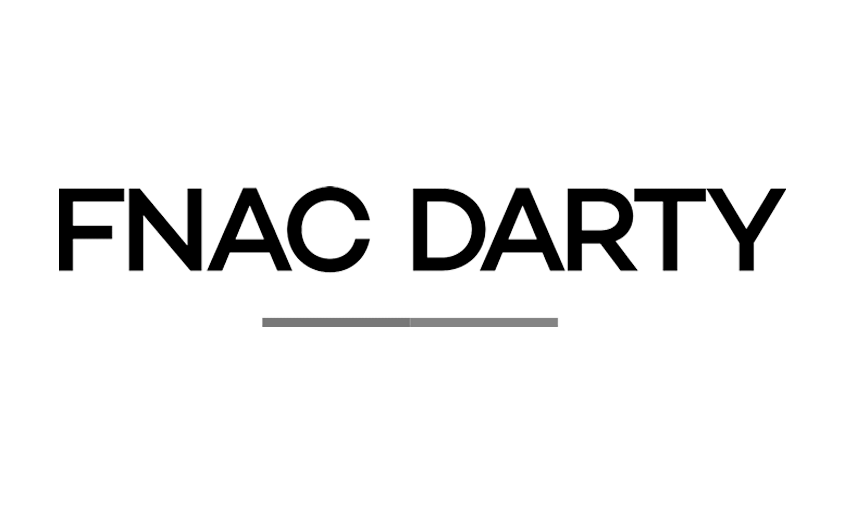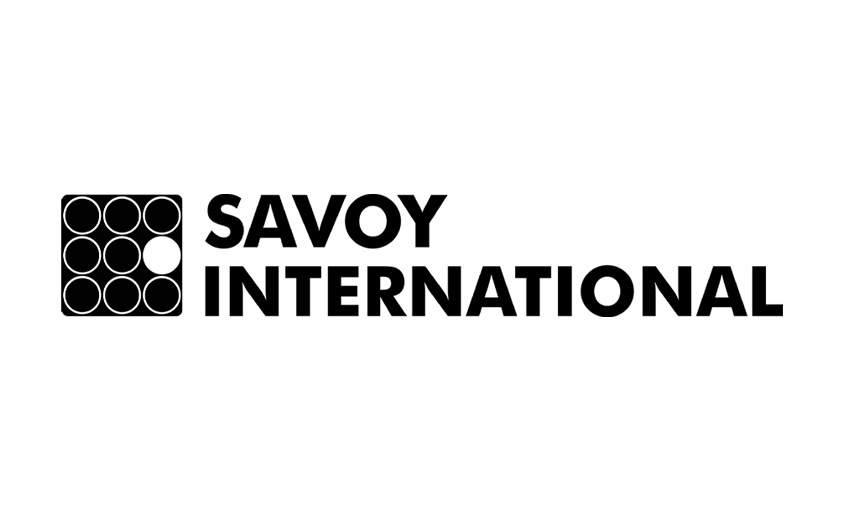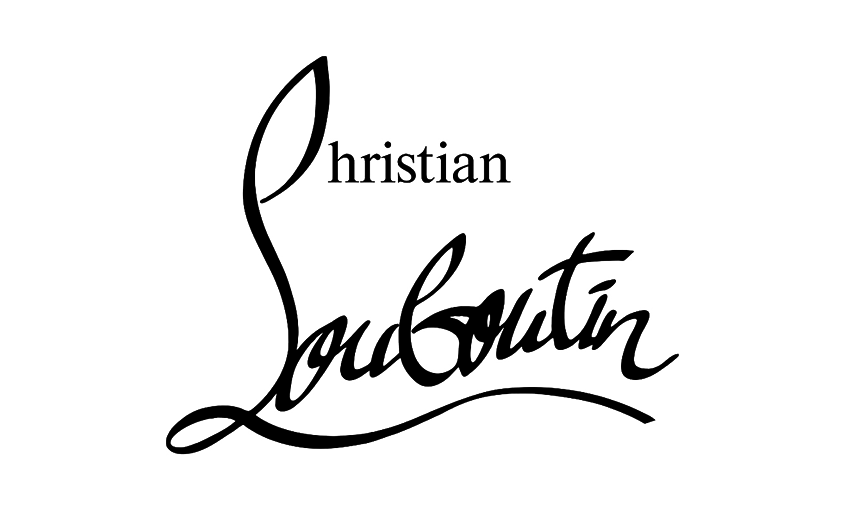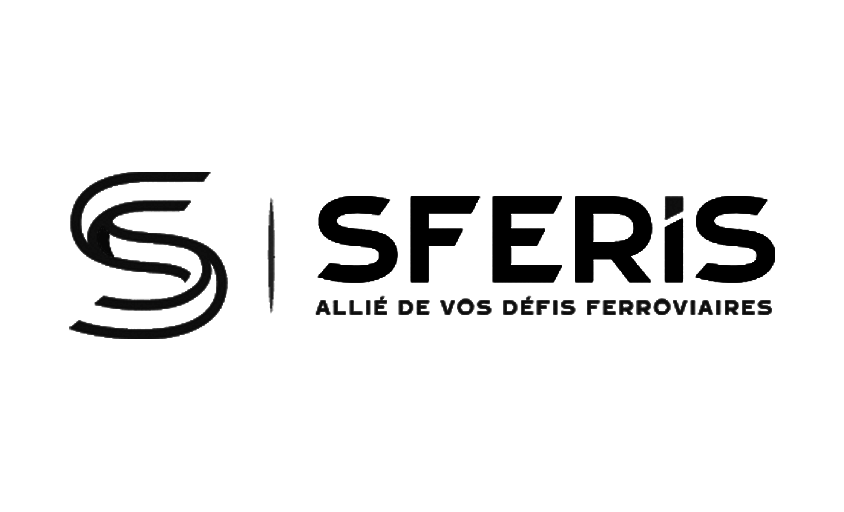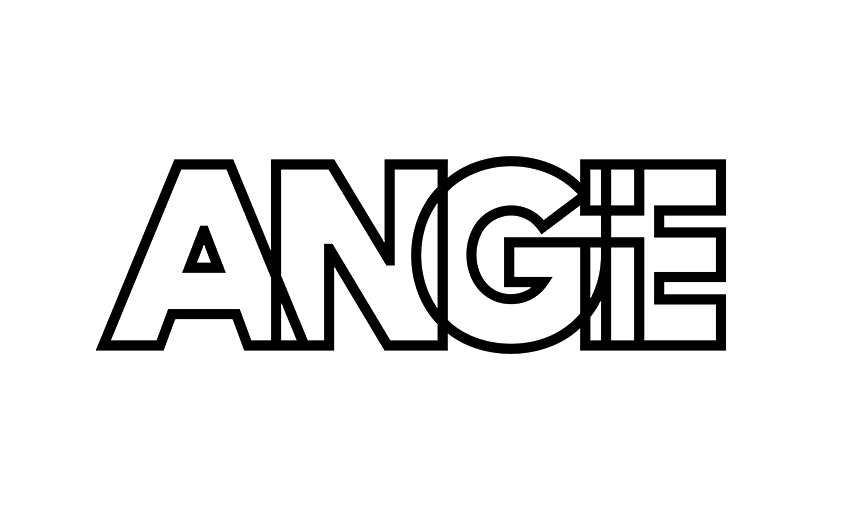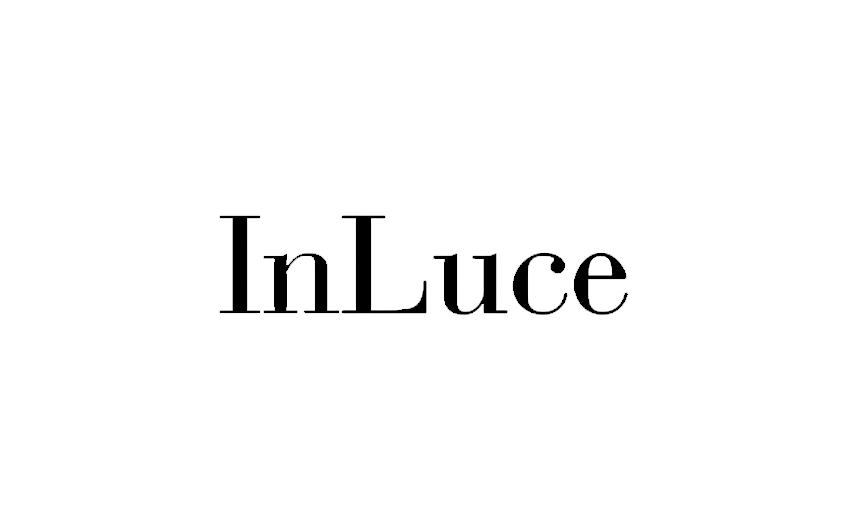How to Create an Architectural Photographer Portfolio
In this article :
For an architectural photographer, a portfolio is much more than a simple gallery: it is the showcase that allows you to demonstrate your expertise, attract new clients, and highlight years of work. In a field as visual and demanding as architecture, it serves as a strategic tool, capable of convincing agencies, institutions, or exhibition organizers alike.
However, building a portfolio requires thought and method. It is not just about accumulating images, but about creating a selection and presentation tailored to the expectations of those who will view your work.
The Importance of a Good Portfolio
A good portfolio tells a story. It allows you to showcase not only your technical skills, framing, perspective management, highlighting volumes, but also your sensitivity and unique vision.
For an architectural photographer, an effective portfolio can:
- Convince architects that you understand their world,
- Appeal to galleries or curators looking for projects to exhibit,
- Attract private or institutional clients seeking a strong visual signature.
Without a well-constructed portfolio, even excellent images risk going unnoticed.
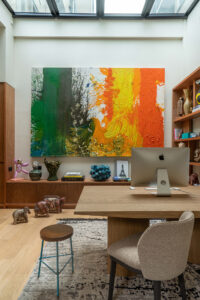
Selecting Images: Quality Over Quantity
A portfolio is not an inventory, but a focused selection. The goal is to showcase the best, not everything you have produced.
- Limit the number of photos: around twenty is more than enough. Beyond that, the viewer’s attention scatters and the impact diminishes.
- Vary approaches: include overall views of buildings, architectural details, and some interior shots.
- Maintain consistency: the style should remain recognizable, even across diverse images.
A senior photographer may be tempted to show the full breadth of their career. However, it is better to prioritize a recent and representative selection rather than revisiting projects that are too old.
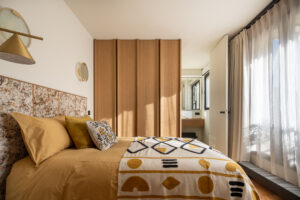
Presenting Your Work
The way you present your images influences the impact as much as their quality. A portfolio should remain readable, clear, and designed to showcase the photographs, not to impress with an overly complex layout. Today, it is common to adopt a dual approach: a digital version and a printed version.
The digital portfolio, in the form of a website or interactive PDF, offers immediate accessibility and is easily shared by email or via a link. It is a flexible format, ideal for quickly reaching potential clients or responding to calls for projects. The printed version, on the other hand, remains valuable during face-to-face meetings or exhibitions. It gives physicality to the images, enhances their rendering, and demonstrates a certain level of professionalism.
Regardless of the chosen format, it is important to prioritize the visuals. Starting with a strong image captures attention, then the rest can be organized logically: by theme, period, or project type. The key is to avoid confusion and create a natural progression that guides the viewer’s eye.
Creative Solutions to Stand Out
An architectural portfolio can go beyond a simple gallery. Several creative approaches can enhance its impact:
- Thematic series: group your photos by architectural style (Modernism, heritage, contemporary design).
- Before/after: show buildings under construction and completed, if you had the opportunity to document their evolution.
- Visual storytelling: include progressive series, from details to overall shots.
- Written elements: adding brief, understated notes or captions to contextualize a project can enrich the viewing experience.
These additions give an extra dimension to the portfolio, revealing your understanding of architecture, not just your technical skills.
Sharing and Exhibitions
A portfolio only has meaning if it circulates. Keeping it to yourself limits its potential. Its dissemination should therefore be considered an integral step in your process. For example, the digital version can be posted on a personal website with simple, smooth navigation. It is also suitable for professional networks, allowing you to present your work to a wider audience.
For targeted approaches, an architecture firm, a curator, or a competition, a customized PDF remains an effective and direct solution. Physical exhibitions provide a natural extension of the portfolio: it then serves to convince and prepare the exhibition layout. In other words, sharing your portfolio allows your work to exist across different spaces, whether digital, professional, or cultural.
Conclusion
Creating an architectural photographer’s portfolio requires rigor and method, but also a clear vision of your artistic identity. It is an essential step to showcase your work, attract new projects, and, potentially, prepare for exhibitions.
Whether digital, printed, or presented in a more institutional context, a good portfolio is much more than a showcase: it becomes a tool for recognition and legitimacy.
At Rétines, we support photographers and agencies in creating impactful architectural portfolios, designed to appeal to both clients and exhibition curators.
Jérémy Carlo is the editorial director at Rétines, where he ensures the consistency and clarity of all content produced by the studio.
Our Clients
Let’s discuss
What we do for you at Rétines
Meticulous work, an organised project and fast delivery. And to achieve this, we mobilise the right resources in our teams at the right time.
01
Pre-production
Artistic and technical direction tailored to the project.
Relevant recommendations on content, form and resources.
02
Photo Shooting
Photos taken by our experienced photographers.
Production that’s controlled, efficient and tailored to the needs of the project, with nothing superfluous.
03
Retouching
Technique
Photographs magnified by our retouching team.
Post-production to meet the commercial challenges of the brief.


